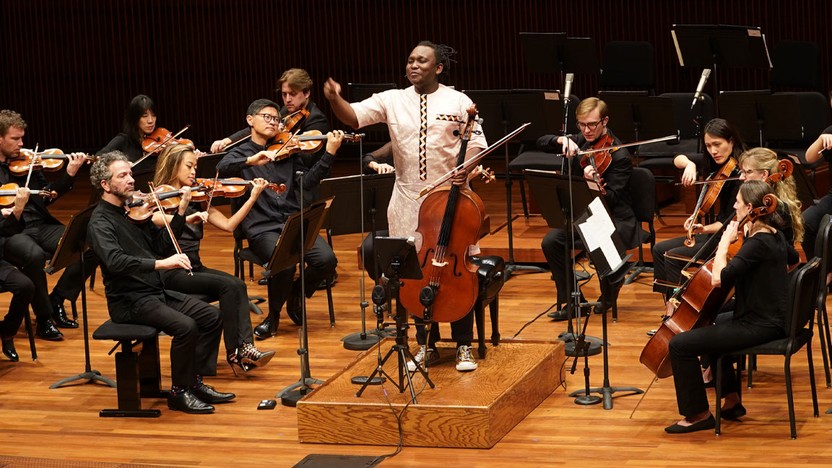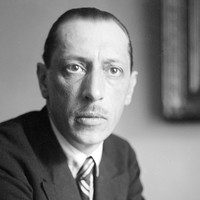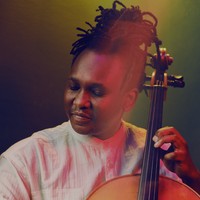Four Spirits with Abel Selaocoe





Saturday | Special Guest, Heart and Soul Drum Academy
Enjoy a captivating performance by Heart & Soul Drum Academy's gifted youth, an organization empowering 8 to 17-year-olds through African cultural enrichment via drumming and dance, while developing essential life skills. The Djembe drum and Pan African dance academy was founded by Master Percussionist and Community Elder, “Baba Jesse” and is located in the Rondo Neighborhood of Saint Paul, MN.
Visit www.heartandsoulmn.com
Approximate length 1:56
Get driving directions and find nearby parking.
Find dining options close to the venue.
View seating charts to find out where you'll be seating.
Get driving directions and find nearby parking.
Find dining options close to the venue.
View seating charts to find out where you'll be seating.
